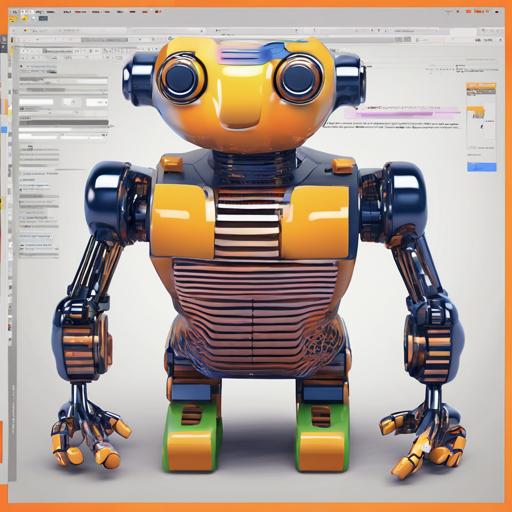The MuJoCo Viewer is an interactive renderer designed for use with the official Python bindings for MuJoCo. With the introduction of native Python bindings in version 2.1.2, the transition from the older mujoco-py package is more streamlined. In this guide, we’ll walk through the installation process and how to use the viewer effectively.
Installation Guide
Let’s dive into setting up the MuJoCo Viewer. You can choose to install it by either cloning the repository or by using pip.
Method 1: Clone the Repository
- Open your terminal and run:
git clone https://github.com/rohanpsingh/mujoco-python-viewercd mujoco-python-viewerpip install -e .Method 2: Directly via Pip
- Use the following command:
pip install mujoco-python-viewerUsage of MuJoCo Viewer
Once installed, you can start rendering your models. Below are examples of how to render in a window and how to render offscreen.
Rendering in a Window
- Start by importing necessary modules:
import mujoco
import mujoco_viewermodel = mujoco.MjModel.from_xml_path('humanoid.xml')
data = mujoco.MjData(model)viewer = mujoco_viewer.MujocoViewer(model, data)for _ in range(10000):
if viewer.is_alive:
mujoco.mj_step(model, data)
viewer.render()
else:
breakviewer.close()Additional Interaction
During the simulation, you can interact with your model. For example, double-clicking on a geom and using the right or left mouse buttons with the Ctrl key allows you to apply forces and torques. If you want to exit the simulation, just press ESC.
Rendering Offscreen
If you prefer to render offscreen, you can do so with the following code:
- Set up similar to on-screen rendering:
model = mujoco.MjModel.from_xml_path('humanoid.xml')
data = mujoco.MjData(model)
viewer = mujoco_viewer.MujocoViewer(model, data, offscreen=True)mujoco.mj_forward(model, data)
img = viewer.read_pixels(camid=2)Optional Parameters
- You can customize your viewer using a few optional parameters:
- title: Set the window title, for example:
viewer = mujoco_viewer.MujocoViewer(model, data, title='My Demo') - width: Set window width,
viewer = mujoco_viewer.MujocoViewer(model, data, width=300) - height: Set window height,
viewer = mujoco_viewer.MujocoViewer(model, data, height=300) - hide_menus: Hide overlay menus,
viewer = mujoco_viewer.MujocoViewer(model, data, hide_menus=True)
- title: Set the window title, for example:
Troubleshooting
If you encounter any issues while setting up or using the MuJoCo Viewer, here are some troubleshooting tips:
- Ensure that your MuJoCo installation is compatible with the Python bindings.
- Check if the XML model file path is correctly set.
- If you experience rendering issues, consider adjusting the viewer parameters like height and width.
For more insights, updates, or to collaborate on AI development projects, stay connected with fxis.ai.
Conclusion
This MuJoCo Viewer can be compared to an art gallery where each simulated model is a unique art piece to be appreciated. Just like a gallery is designed to display art for the public’s admiration, the MuJoCo Viewer allows you to visualize and interact with complex simulations. By adjusting parameters, you curate your viewing experience, just as a gallery curator arranges artworks to create an engaging environment.
Final Note
At fxis.ai, we believe that such advancements are crucial for the future of AI, as they enable more comprehensive and effective solutions. Our team is continually exploring new methodologies to push the envelope in artificial intelligence, ensuring that our clients benefit from the latest technological innovations.

